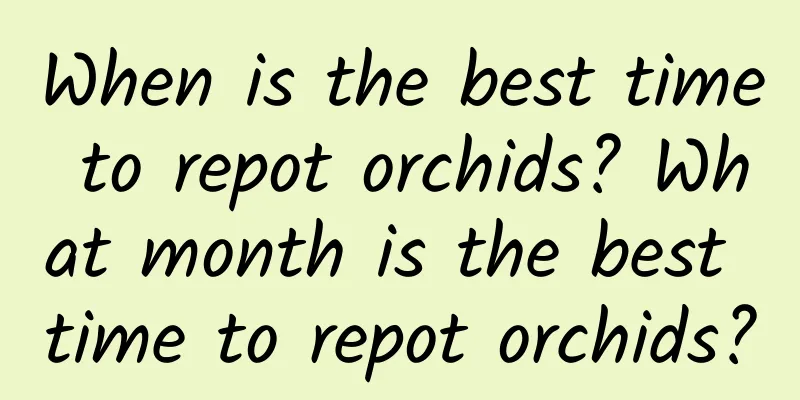How to grow golden staghorn begonia

|
People who often grow succulents are very familiar with the succulent golden Staghorn Begonia. It is native to South Africa and is also known as lavender daisy. Half or even the entire leaf of the golden Staghorn Begonia is golden yellow, which is very gorgeous and beautiful. It is because of this color that the merchants selling it gave it this name. Its plant height is generally around 25-35 cm, and the leaves are 2.5-3.5 cm long with very fine and short hairs. When it blooms, the petals are white and the stamens are yellow. The flowering period is generally in winter. Cultivation of golden staghorn begoniaTo grow the golden Staghorn Begonia succulent in good condition, you need to pay attention to many aspects. First of all, you should know that its leaf cuttings have a low survival rate and the leaves are very easy to dissolve in water. To be on the safe side, it is faster and safer to propagate by branch cuttings. Secondly, the potting soil should have good drainage and strong air permeability. You can use a mixture of peat, coconut coir, etc. Also pay attention to reasonable watering. If you water too frequently, it will cause root rot. If you water too little, the leaves of the golden Staghorn Begonia will easily become wrinkled. Precautions for the maintenance of golden staghorn begoniaThe golden Staghorn Begonia prefers a warm, dry, sunny environment, but not high temperature exposure. In summer, a semi-shaded environment needs to be created for it. In winter, the temperature should not be lower than 15°C. Pay attention to turning the soil and repotting the golden Staghorn Begonia every spring, and re-prune it depending on its growth, and cut off branches that affect the overall appearance. |
<<: Trout Begonia Breeding Methods and Precautions
>>: Cultivation methods and precautions for aloe vera potted plants
Recommend
Common hyacinth pests and diseases control methods
Yellow rot symptom When the disease occurs, many ...
Method of vine pressing for loofah cultivation
Luffa is a very popular vegetable . When planting...
How often should I water the caltrop?
How often should I water the caltrop? Water the o...
Why do hibiscus leaves turn yellow? How to save them if the leaves wilt
1. Reasons 1. Lack of nutrients: During the growt...
What to do if the leaves of Clivia are very thin
1. Insufficient light There is an old saying that...
How to distinguish roses from roses
Different branches 1. Rose branches are upright a...
How to plant trumpet creeper to make it grow fast, how many years does it take to bloom
1. How to plant trumpet creeper and make it grow ...
What is the best time to prune crabapple trees?
Regular pruning of crabapple trees can increase t...
Are cherries the same thing as cherry?
1. Is it Cherries are actually not cherries. Ther...
When is the best time to plant lemons?
Lemon planting time Lemon can be sown once a year...
Purple pearl leaf hydroponic method
Hydroponic materials A transparent plastic bottle...
What can you keep at home to attract peach blossoms?
1. Raise peach blossoms Peach blossom, peach blos...
Is it better to grow figs in water or soil?
Is it better to grow figs in water or soil? Most ...
How long is the life span of clematis?
1. How many years can you live? There are many va...
How to care for hydrangea during its flowering period How to handle and care for hydrangea after it blooms
How to water during flowering period Hydrangea is...









